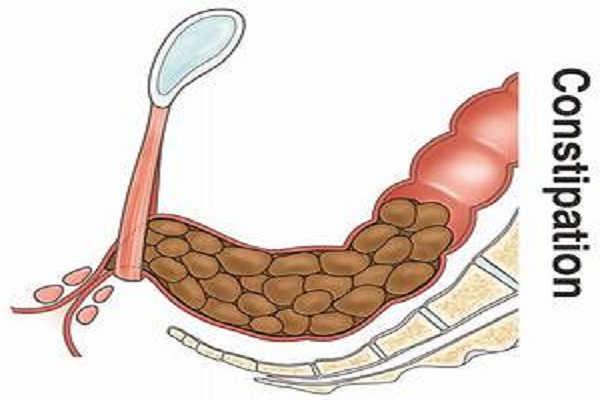Concise review: Herbal remedies and herbal plants for constipation in children
DOI:
https://doi.org/10.15419/bmrat.v5i5.438Keywords:
Children disease, Constipation, Medicinal plants, Herbal medicineAbstract
Background: Constipation refers to difficult or delayed bowel emptying lasting 2 weeks or more and causing anxiety and distress in patients, and it is one of the most common problems in children. To treat constipation, therapeutic measures such as nutritional methods, feedback training, osmotic laxatives and stimulants, as well as stool volume enhancers, are used; however, each has its own problems and side effects. Medicinal plants have been shown to be effective in the treatment of many diseases, including constipation. Therefore, this review was conducted to report the medicinal plants effective for constipation.
Methods: In the current review, eligible articles indexed from databases such as ISI (Web of Science), PubMed, Scopus, Islamic World Science Citation Center, Scientific Information Database, and Magiran were retrieved using the keywords ‘constipation’, ‘children constipation’, ‘baby’s and newborn constipation’, ‘medicinal plants’, and ‘traditional medicine’.
Results: Available evidence showed that the medicinal plants Olea europaea, Phaseolus vulgaris, Prunus armeniaca, Brassica oleracea var. italica, Malus domestica, Linum usitatissimum, Aloe vera, Vitis vinifera, Foeniculum vulgare, Ficus carica, Ricinus communis, Sesamum indicum, and Descurainia sophia are some of the most important medicinal plants for the treatment of constipation in traditional medicine.
Conclusion: Herbal plants are important for isolation/ preparation of new drugs in the treatment of constipation in children. In future studies, it may be beneficial to further understand and classify herbal plants/remedies, based on their mechanisms, as laxatives in the treatment of constipation.

Downloads
Published
Issue
Section
License
Copyright The Author(s) 2017. This article is published with open access by BioMedPress. This article is distributed under the terms of the Creative Commons Attribution License (CC-BY 4.0) which permits any use, distribution, and reproduction in any medium, provided the original author(s) and the source are credited.
